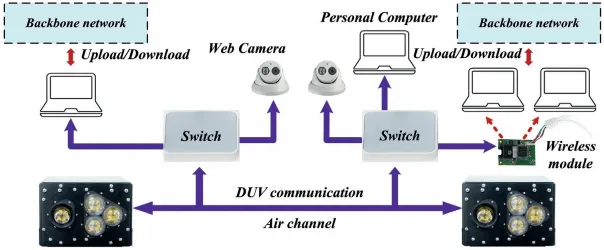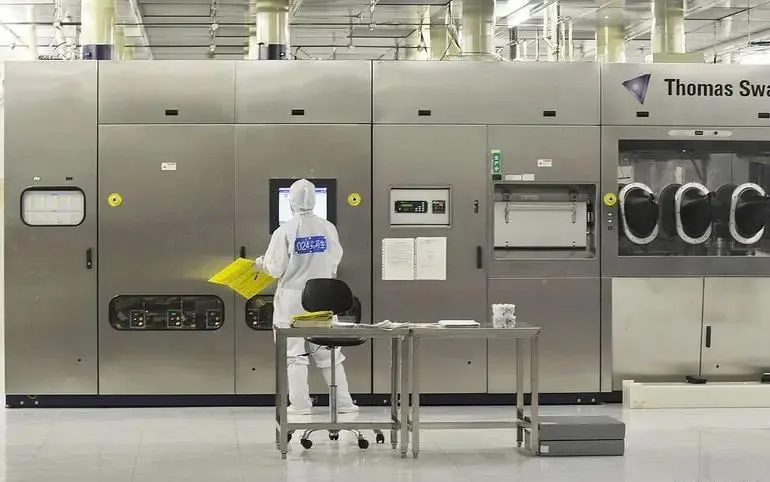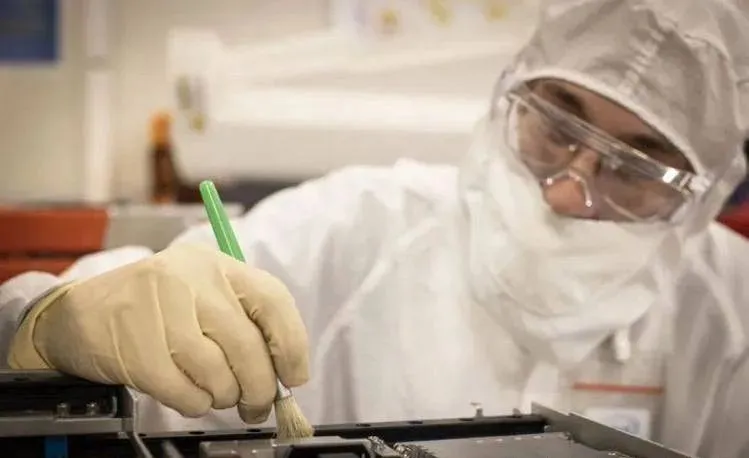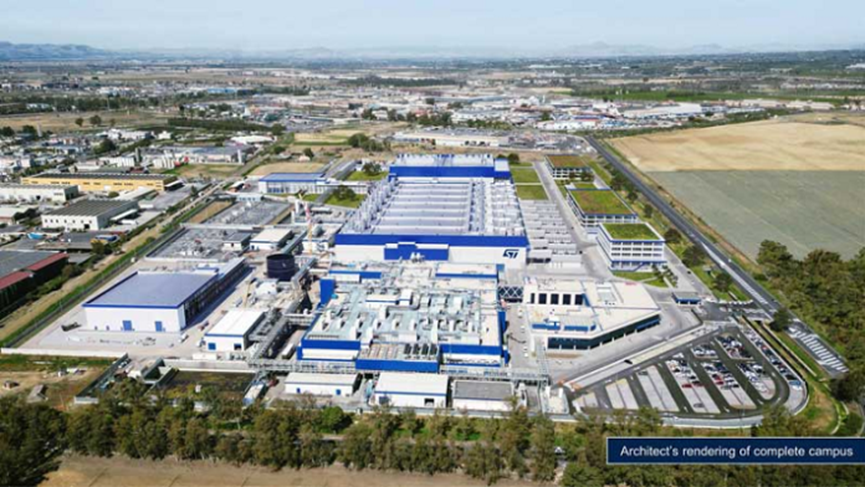The use of deep ultraviolet light to advance the development of communications
The use of deep ultraviolet light for wireless optical communication is very attractive: deep ultraviolet light is invisible and therefore very safe; The atmosphere has a strong filtering effect, so the background noise of the light source is very low. The absorption of deep ultraviolet light is not as severe as infrared light, helping to extend the transmission distance.
Driven by these advantages, there has been a strong interest in deep ultraviolet communication over the past few decades. Until recently, advances in transmitters and detectors have propelled the development of offline deep ultraviolet communication systems, and now, according to a team in China, they have taken the technology into a new era with their first communication system operating in the deep ultraviolet spectrum, offering multiple services to all users.
The team from Nanjing University of Posts and Telecommunications and Suzhou Lighting Chip Monolithic Optoelectronics Technology proposed, manufactured and evaluated a sun-blind full-duplex optical communication system. The system uses 275 nm leds as light sources. The study demonstrates real-time video communication under sunlight and establishes a deep ultraviolet communication network with integrated wireless modules to provide access to users in an area of 46 m2.
Wang Yongjin, a spokesman for the research team from Nanjing University of Posts and Telecommunications and Suzhou Liangxin Photoelectric Technology Co., LTD., said that one of the highlights of the research is the transmission without solar noise at a speed of 10 Mbit/s under sunlight. Another highlight, he describes, is the use of TCP/IP, which provides a prerequisite for networking. Yongjin Wang and his colleagues have expertise in deep ultraviolet LED technology, having developed a vertical deep ultraviolet LED based on AlGaN with a light wavelength of 272 nm in 2022. However, in this latest study, they used commercial devices to build three transmitter units, each with four LED.

△ Structure of deep ultraviolet networks
According to Wang Yongjin, "This design greatly increases the transmitted light power of the transmitter, thereby improving the point-to-point transmission distance between the two deep ultraviolet transceivers."
The deep ultraviolet leds used by the research team use a thin-film flip-chip structure to reduce the forward voltage and increase the light extraction rate, and these leds are connected to pads on a printed circuit board. The transmitter unit consists of four leds in series with a driving voltage of 24 V and an output power of 34 mW. The main emission wavelength is 275 nm, and the half-width associated with this peak is only 10 nm.
To transmit data, a transistor-transistor logic signal modulated by an on-and-off modem is used on the deep UV LED. The detection of the transmitted signal is achieved by the Hamamatsu S14124-20 avalanche photodiode. At 266 nm, the quantum efficiency is 87%.
Yongjin Wang and his colleagues have determined that the maximum transmission rate of this real-time full-duplex communication system is 10 Mbit/s. When they achieved this transmission rate in a sun-blind experiment on an open-air balcony at an altitude of 82 m, they determined that the bidirectional packet loss rates were 1.28% and 1.58%, respectively.
The research team's next goal is to solve another big problem in deep ultraviolet communication: combining high speed and long distance. "In our future work, the photomultiplier tube will act as the core receiving device to greatly increase the transmission distance," Wang Yongjin said. another issue they plan to address is the alignment difficulties associated with mobile optical wireless communications. According to Wang Yongjin, an automatic alignment function will be introduced to improve the practicability of the system. the engineers' third research direction is to combine their technology with other communication systems, such as underwater blue light communication technology. In this way, the research team can build a space-air-sea communication network.
Fountyl Technologies PTE Ltd is focusing on semiconductor manufacturing industry, main products include: pin chuck, ring groove chuck, porous ceramic chuck, ceramic end effector, ceramic beam&guide, ceramic structural part, welcome to contact and negotiation!












